The National Transmission Corporation (TransCo) has outlined a comprehensive strategy to address the persistent power crisis plaguing Mindoro, a promising island in the country, through a series of grid upgrades and operational improvements.
In an exclusive interview with Mindoro Today’s founder, Romel “Direk” Bernardo, TransCo President Engineer Fortunato “Atoy” Leynes detailed the corporation’s multi-pronged approach to enhancing power reliability and supply in the island, which has long suffered from frequent blackouts and high electricity costs.
“We are fully committed to resolving Mindoro’s power challenges,” Leynes revealed. “Our plans encompass both immediate interventions and long-term solutions to create a more robust and reliable power infrastructure for the island.”
Central to TransCo’s strategy is the upgrade of the critical 69-kilovolt (kV) transmission line between Calangatan and Calapan, which has been a primary source of recent outages.
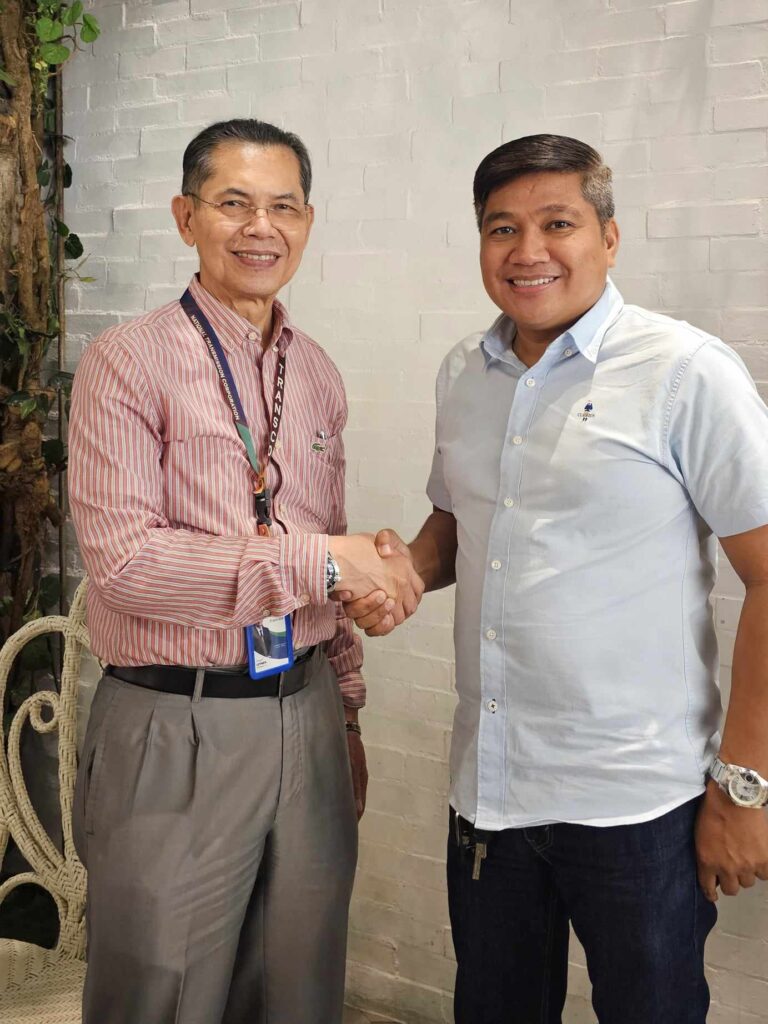
“What we have established this June, there are a lot of [outages] due to the problem of 69 kV between Calangatan and Calapan,” Leynes explained. He emphasized that addressing this key infrastructure weakness is a top priority for the corporation.
The TransCo chief highlighted that the company is not only focusing on transmission lines but also on enhancing substation capabilities.
“Part of the upgrades that are planned, fix the substations. And also, the so-called connection of the lines, fix that too,” he said.
To combat the frequent weather-related outages, particularly during the rainy season, TransCo is implementing more robust insulation and protection measures. Leynes elaborated on the current challenges: “When it rains, what we call, it becomes conductive. The current is running. If there’s a short circuit, it’s like at home, right? If there’s a short circuit breaker, the circuit breaker or fuse will die.”
To mitigate these issues, TransCo is intensifying its maintenance efforts. “I told our managers, our SIGSO, we need to do a pole-to-pole, the inspection of the line, so that we can see if there’s a problem,” Leynes said, underscoring the company’s commitment to thorough infrastructure assessment.
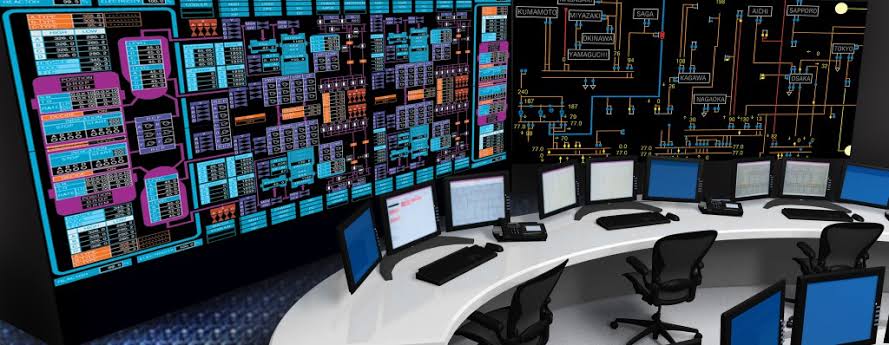
In a significant technological leap, TransCo is in the process of implementing a state-of-the-art Supervisory Control and Data Acquisition (SCADA) system for Mindoro. This advanced system will enable remote monitoring and control of the grid, enhancing operational efficiency and response times to power disruptions.
“For the SCADA, we are already finalizing the specifications,” Leynes revealed. “First of all, what we call remote terminal units, these are the equipment that will be placed on the plants and substations to get the information remotely to the SCADA system.”
The SCADA implementation is expected to streamline operations significantly. Leynes outlined the future operational structure: “Now, the plan is, if there’s a SCADA, it’s just one SCADA system for the whole of Mindoro. When the SCADA is operating, and we’re monitoring remotely even the Occidental.”
To address the supply-demand imbalance that often leads to power curtailments, TransCo is working on implementing an automatic load shedding system.
“If the demand is higher than the generation, automatically, the loads will be (reduced),” Leynes explained, emphasizing that this system will help maintain grid stability during peak demand periods.
Recognizing the importance of inter-agency cooperation, TransCo is closely collaborating with other key players in the energy sector. “We are in close coordination with the NTC,” Leynes stated, referring to the National Telecommunications Commission, which owns some of the grid assets.
The corporation is also working with the National Electrification Administration (NEA) and the Department of Energy (DOE) to ensure a coordinated approach to Mindoro’s power challenges.
Looking towards the future, TransCo is supporting the planned Batangas-Mindoro Interconnection Project, which aims to connect Mindoro to the main Luzon grid.
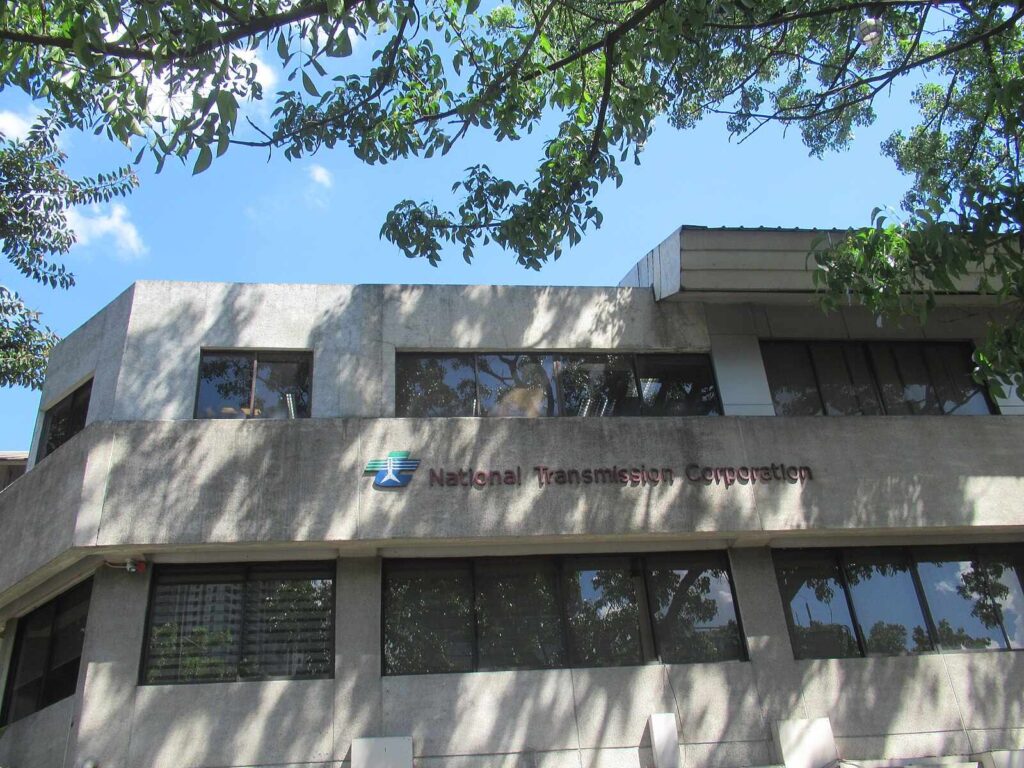
While this project is under the purview of the National Grid Corporation of the Philippines (NGCP), Leynes sees it as a crucial component in solving Mindoro’s power woes.
“If the Mindoro to the main grid [is connected], there’s no problem. As far as supply is concerned,” he asserted. However, he cautioned that internal transmission issues would still need to be addressed to fully benefit from the interconnection.
To that end, TransCo is planning a significant upgrade of Mindoro’s internal transmission backbone.
“We have a plan that we call Oriental and Occidental. We will build and the protection that we use for what we call directional,” Leynes explained. This upgrade aims to localize outages and prevent system-wide blackouts.
The corporation is also preparing for the integration of large-scale renewable energy projects, particularly the planned offshore wind farms off Mindoro’s southern coast.
“The offshore wind is identified by investors. The generation that will connect to NGCP,” Leynes stated, highlighting TransCo’s role in planning for future power sources.
To fund these ambitious upgrades, TransCo is seeking regulatory approval for a “system operation charge.” Leynes disclosed that this charge would likely amount to 8 to 10 centavos per kilowatt-hour and could be implemented as early as 2025 if approved.
“It’s going to increase, but it’s manageable. I mean, if you compare it to what you’re paying, it’s less than five centavos for every peso,” Leynes assured, emphasizing the relative cost-effectiveness of the proposed charge.
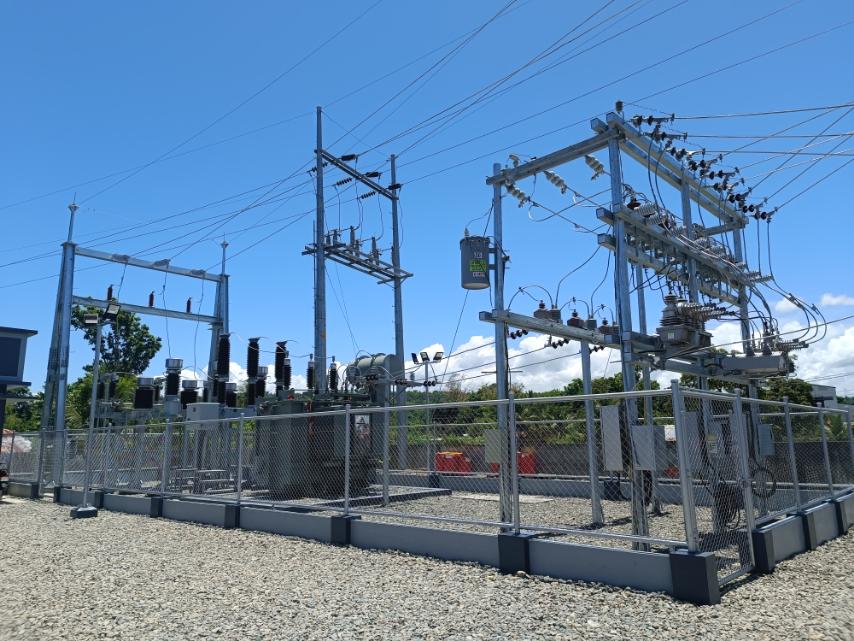
Throughout the interview, Leynes stressed TransCo’s commitment to transparency and accurate reporting of power incidents.
“We are just delivering the message because part of our function as a system operator is to issue what we call a significant incident report,” he said, addressing misconceptions about TransCo’s role in power outages.
The TransCo president acknowledged the frustrations of Mindoro residents and the political pressures resulting from the power crisis.
However, he remained resolute in the corporation’s mission to improve the island’s power situation.
“We’re the ones being blamed for the outages,” Leynes said, accepting the responsibility that comes with TransCo’s role.
POWER BILL EXPLAINED
TransCo charges a minimal transmission fee for its services, which involves transmitting electricity from power plants to distribution utilities (ORMECO and OMECO). This fee is separate from the generation charge, which covers the cost of producing electricity by power plants.
The bulk of the payment from customers goes toward the generation charge. This charge reflects the cost incurred by power generation companies (such as ORMECO and OMECO) for producing electricity. Factors affecting the generation charge include fuel costs, operational expenses, and maintenance.
ORMECO and OMECO are distribution utilities responsible for delivering electricity to end-users. They collect payments from customers and handle billing. The generation charge, determined by the power generation companies, forms a significant portion (about 70 percent) of the overall electricity bill.
While TransCo’s transmission charges are part of the overall cost, the generation charge set by power generation companies significantly impacts electricity rates. Blaming TransCo alone for high rates would overlook the complex interplay of various factors in the energy supply chain.
As TransCo moves forward with its comprehensive plan to upgrade Mindoro’s grid, the corporation faces significant challenges. However, Leynes and his team remain optimistic that their multi-faceted approach will yield tangible improvements in the island’s power reliability and supply in the coming years.
With these ambitious plans in motion, Mindoro’s residents and businesses may soon see the light at the end of their long-standing power crisis tunnel, thanks to TransCo’s determined efforts to revolutionize the island’s power infrastructure.





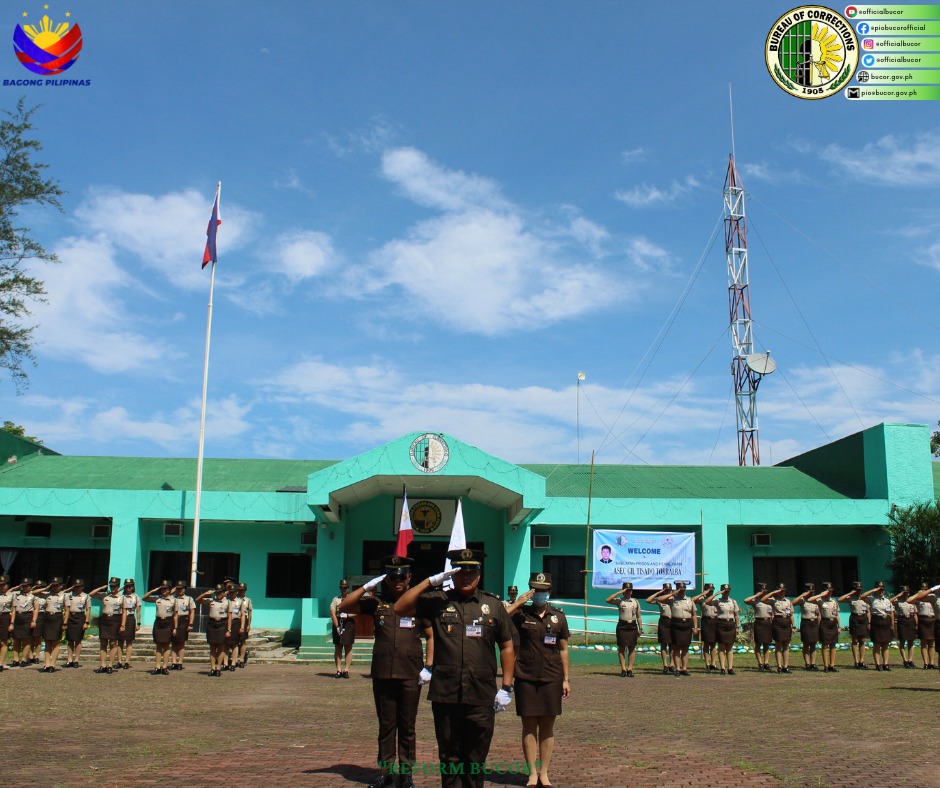
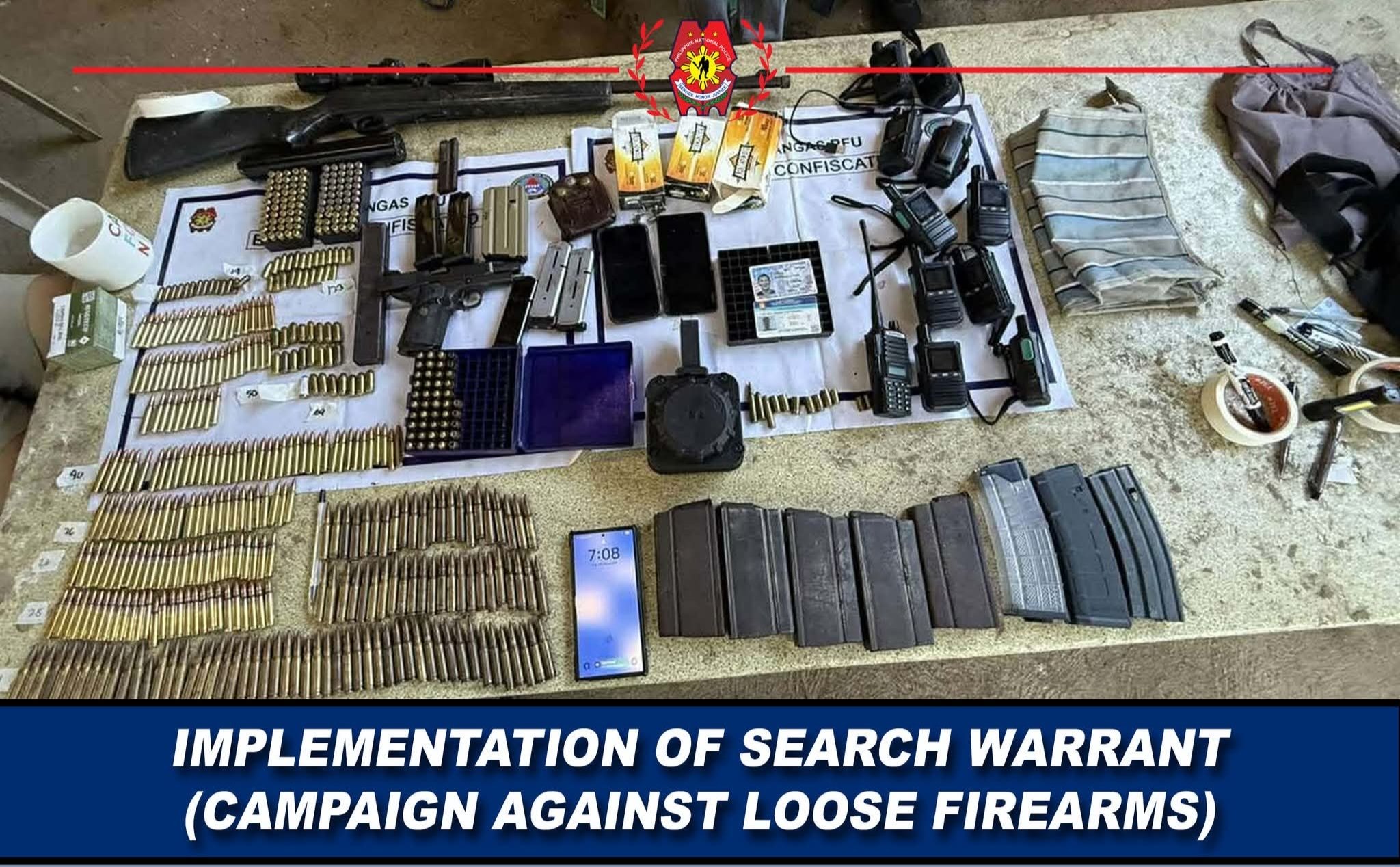
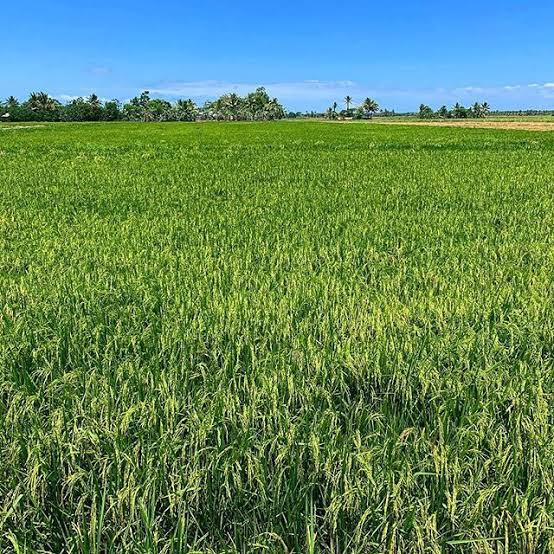
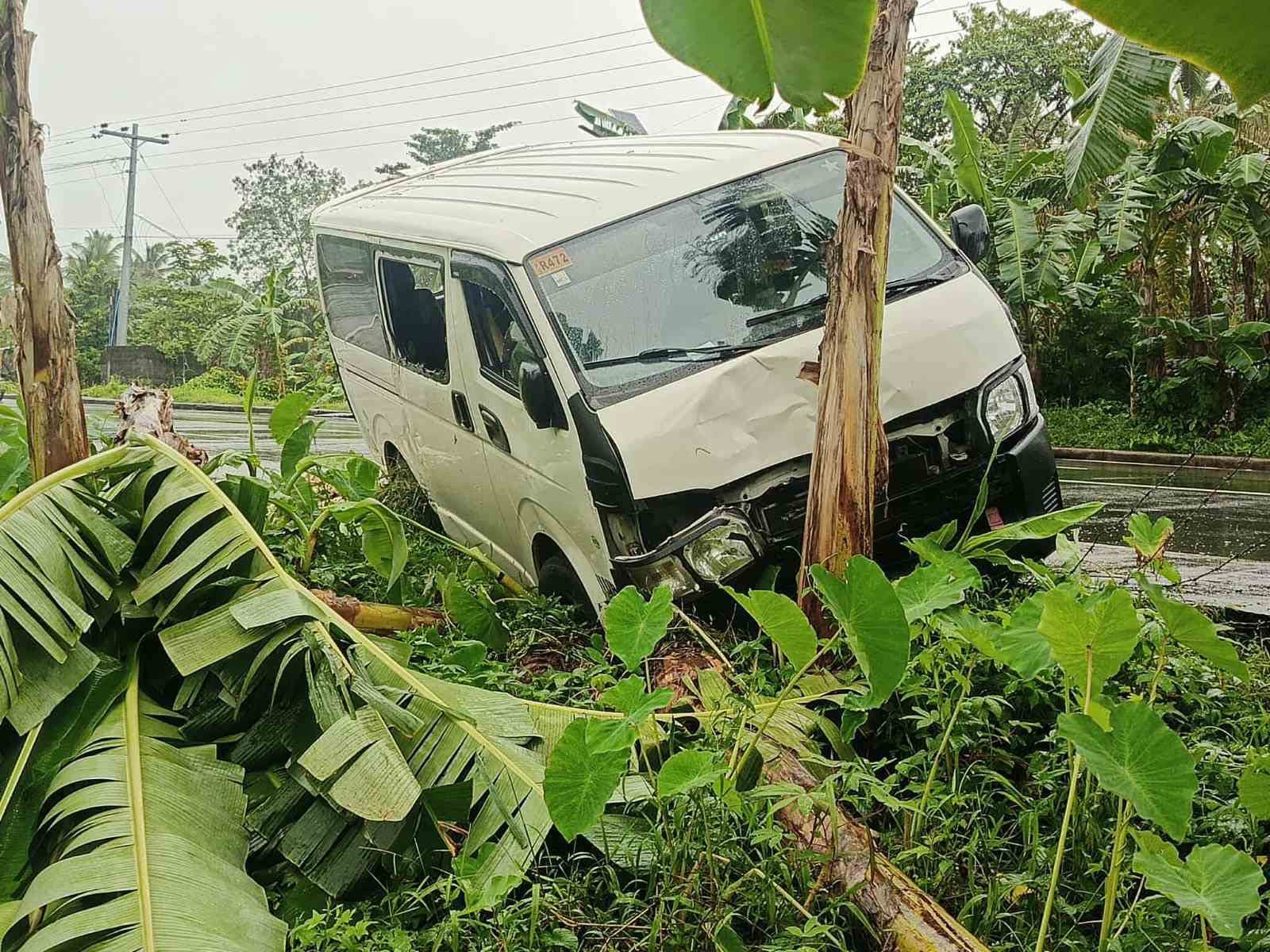
Write Your Comment